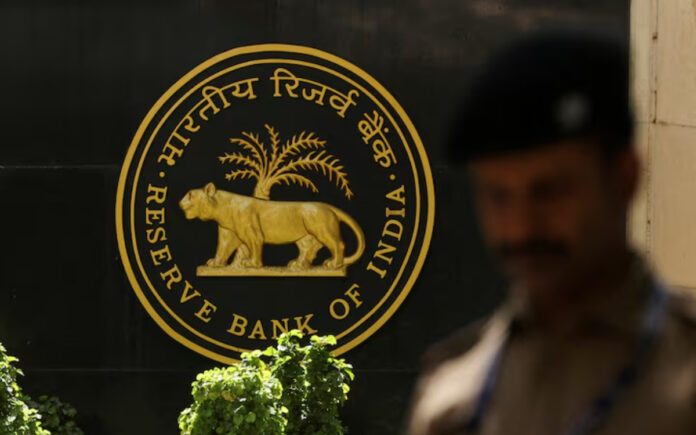Mumbai: The Reserve Bank of India (RBI) lowered its key repo rate for the first time in nearly five years on Friday, signaling a shift towards a less restrictive monetary policy as it seeks to bolster economic growth.
The Monetary Policy Committee (MPC), composed of three RBI members and three external experts, reduced the repo rate by 25 basis points to 6.25% after holding it steady for eleven consecutive policy meetings. The decision, aligned with expectations from a Reuters poll where over 70% of economists had predicted the cut, marks the first rate reduction since May 2020.
All six MPC members voted in favor of the rate cut while maintaining a “neutral” policy stance.
RBI Governor Sanjay Malhotra, in his first policy review since taking office in December, acknowledged that while economic growth is expected to recover, it remains below last year’s levels. He emphasized that inflationary trends had created room for easing.
“The MPC, while continuing with the neutral stance, felt that a less restrictive monetary policy is appropriate at this current juncture,” Malhotra stated.
Following the announcement, India’s benchmark 10-year bond yield rose five basis points to 6.70%, while the rupee and stock market indices weakened slightly.
Radhika Rao, senior economist at DBS Bank in Singapore, noted that the RBI refrained from adopting an outright dovish stance, opting instead to maintain its “neutral” approach.
Economic Outlook and Growth Projections
India’s economy has been weighed down by a weaker manufacturing sector and slowing corporate investments. The government has projected GDP growth at 6.4% for the fiscal year ending in March—below the lower end of its initial estimates—making it the slowest expansion in four years. Growth is expected to remain within a 6.3%-6.8% range in the next fiscal year, with the RBI forecasting a 6.7% expansion.
Malhotra pointed to improving employment conditions, recent tax cuts, moderating inflation, and strong agricultural output following a favorable monsoon as key factors supporting growth.
Despite retail inflation remaining above the RBI’s 4% medium-term target, it eased to a four-month low of 5.22% in December and is expected to decline further. The central bank projects inflation to average 4.8% for the current fiscal year and drop to 4.2% next year.
While food inflation pressures are anticipated to ease, Malhotra warned that volatile energy prices pose risks to the inflation outlook. Core inflation, he added, is likely to rise but will remain at moderate levels.
Shifting Policy Approach and Banking Regulations
Malhotra, formerly a senior finance ministry official, used his first policy address to outline the central bank’s priorities, signaling a shift from the stringent regulatory stance taken under his predecessor, Shaktikanta Das.
“There are trade-offs between stability and efficiency,” Malhotra remarked, referring to proposed banking rules that would increase capital requirements for loans to under-construction infrastructure projects and raise liquidity requirements for digital deposits.
“We will keep this trade-off in mind while formulating regulations. It will be our attempt to strike the right balance, keeping in view the benefits and costs of each and every regulation,” he added.
The Indian government has previously expressed concerns that tight banking regulations have contributed to economic sluggishness. Officials had reportedly advised against certain new regulations, as per Reuters reports from last year.
Also Read | Bangladesh Calls on India to Prevent Hasina From Making ‘Incendiary’ Remarks
Currency Market and RBI’s Role
Since Malhotra’s appointment, the rupee has weakened, and market volatility has increased, prompting speculation that the RBI is loosening its grip on the currency. Under Das, the central bank had intervened extensively to keep the rupee’s fluctuations minimal.
Also Read | Cold Weather, Wildfires Weigh on U.S. Job Growth in January
Addressing the speculation, Malhotra reaffirmed that the RBI does not target specific exchange rate levels but steps in only to curb “excessive and disruptive volatility.”
“The exchange rate of the Indian rupee is determined by market forces,” he stated.
Following the policy announcement, the rupee edged lower, trading at 87.47, close to its record low of 87.58.



